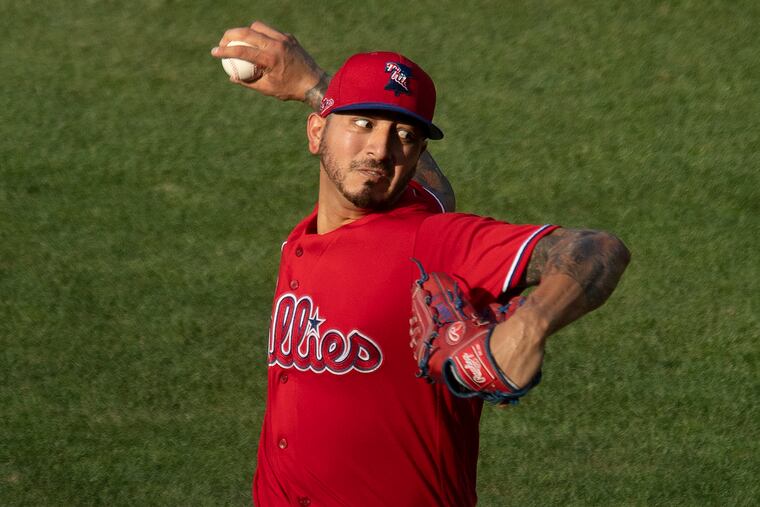Phillies’ Vince Velasquez learned to throw a new pitch over FaceTime. Will it help him stay in the starting rotation? | Scott Lauber
By incorporating a cut fastball in his repertoire, the 28-year-old right-hander believes he can have more success against left-handed hitters and be more consistent overall.
